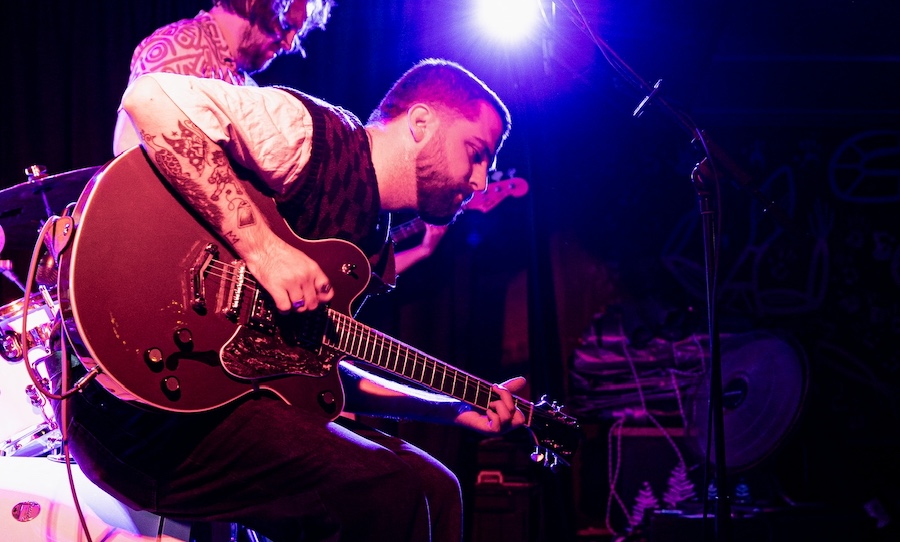We’ve touched the important reasons why you should record a voice reel, but the details on how to record a voice over demo are equally important. It’s not fair to expect the voice over artist to be across all the technical details – focusing on the performance should the artist’s priority.
Nevertheless, there are important technical aspects of the recording that must be taken into account. The marriage of the creative and the technical will result in an engaging and powerful showreel, meaning you can put your best foot forward into the world of commercial voice over.
We take a look at how to record a voice over demo and why a professional studio environment is the best place to do so.
Time
Short, sharp and diverse. These should be your catch cries for selection of repertoire. Scripts that read for ten to twenty seconds, that are based on strong commercial material or characters that show the strength in your voice should be prioritised.
Considering that you’ll be listened to by talent agencies and potential clients, putting your most commercially friendly material at the front of your showreel is wise, with more obscure characters toward the end.
An entire voice reel that spans one to two minutes, that is carefully edited and with volume levels sensibly controlled throughout, will make for a pleasant and engaging listening experience.
The Benefits of a Studio Environment
Recording voice overs in a professional recording studio environment is extremely beneficial for the final product. Acoustic treatment is essential for creating a recording that is free from nasty reverberations (like you would hear in a tiled bathroom).
Finding an environment that is properly soundproofed in the average family home is almost impossible. Making a recording in a regular untreated room will result in a sound where the listener can “hear” the room. In a recording studio, the sound is clear and full, allowing the listener to focus solely on the voice, free from potentially distracting background noises.
Collaborating with a producer and engineer will allow the artist to focus more intently on the performance. A producer is typically someone who will give the artist regular feedback, get them to reread lines, and make sure they are maintaining the correct tone and character throughout the performance.
The engineer focuses on the consistency of volume level, microphone selection and placement, and editing after the recording. Depending on the project, these roles can be sufficiently executed by one person. Most importantly though, having an extra set of ears listening critically and focusing on the quality of the audio is incredibly important, and can have untold benefits for any voice over project.
Sonic Embellishment
If your voice over showreel requires more layers in terms of music or special effects, the studio can also readily provide for this scenario. Should the voice over need to be set on a bed of music, an engineer can help with combining these elements. If there are any effects that need to be applied to enhance a character, the studio is equipped to add an extra signature flourish to your performance.
Your voice over showreel should be exciting and engaging in order to attract talent agencies and clients. Getting the best of your showreel will depend on a great performance, creative direction and technical expertise. Collaborating with a studio can be a very effective way of bring these aspects of voice over production together.



